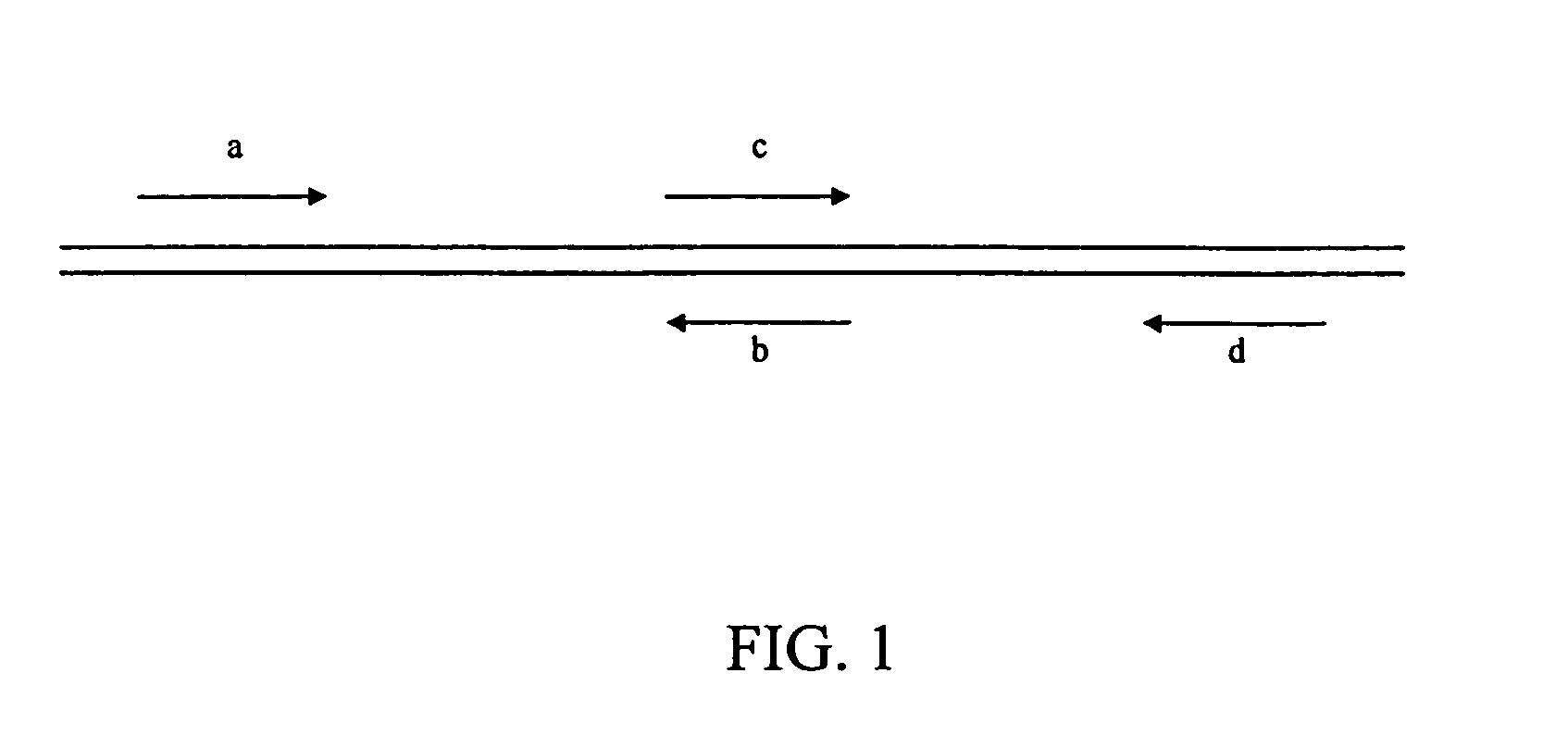Monopegylated growth hormone proteins
a growth hormone and protein technology, applied in the field of protein making, can solve the problems of reduced compliance, high production cost of proteins, and inability to be readily absorbed by the body, and achieve the effect of improving protein molecular weight and high yield
- Summary
- Abstract
- Description
- Claims
- Application Information
AI Technical Summary
Benefits of technology
Problems solved by technology
Method used
Image
Examples
example 1
Development of an in vitro Bioassay for Human Growth Hormone
[0075]An hGH cell proliferation assay that uses the murine FDC-P1 cell line stably transfected with the rabbit GH receptor was developed (Rowlinson et al., 1995). The mouse FDC-P1 cell line was purchased from the American Type Culture Collection and routinely propagated in RPMI 1640 media supplemented with 10% fetal calf serum, 50 μg / ml penicillin, 50 μg / ml streptomycin, 2 mM glutamine and 17-170 Units / ml mouse IL-3 (FDC-P1 media).
A. Cloning a cDNA Encoding the Rabbit GH Receptor
[0076]The rabbit GH receptor was cloned by PCR using forward primer BB3 (5′-CCCCGGATCCGCCACCATGGATCTCTGG CAGCTGCTGTT-3′) (SEQ.ID.NO. 1) and reverse primer BB36 (5′-CCCCGTCGACTCTAGAGCCATTA GATACAAAGCTCT TGGG-3′) (SEQ.ID.NO. 2). BB3 anneals to the DNA sequence encoding the initiator methionine and amino terminal portion of the receptor. BB3 contains an optimized KOZAK sequence preceding the initiator methionine and a Bam HI site for cloning purposes. ...
example 2
Cloning and Expression of rhGH
A. Cloning a cDNA Encoding Human Growth Hormone (GH)
[0080]A human GH cDNA was amplified from human pituitary single-stranded cDNA (commercially available from CLONTECH, Inc., Palo Alto, Calif.) using the polymerase chain reaction (PCR) technique and primers BB1 and BB2. The sequence of BB1 is (5′-GGGGGTCGACCATATGTTCCCAACCATTCCCTTATCCAG-3′) (SEQ.ID.NO. 3). The sequence of BB2 is (5′-GGGGGATCCTCACTAGAAGCCACAGCTGCCCTC-3′) (SEQ.ID.NO. 4). Primer BB1 was designed to encode an initiator methionine preceding the first amino acid of mature GH, phenylalalanine, and Sal I and Nde I sites for cloning purposes. The reverse primer, BB2, contains a Bam HI site for cloning purposes. The PCR reactions contained 20 pmoles of each oligo primer, 1×PCR buffer (Perkin-Elmer buffer containing MgCl2), 200 μM concentration of each of the four nucleotides dA, dC, dG and dT, 2 ng of single-stranded cDNA, 2.5 units of Taq polymerase (Perkin-Elmer) and 2.5 units of Pfu polymerase ...
example 3
Purification and Bioactivity of rhGH
A. Purification of Wild-type rhGH
[0094]In order to purify a significant quantity of wild-type rhGH, a 330 ml culture of BOB132 (expressing stII-hGH) was induced, cultured overnight and subjected to osmotic shock based on the preparative procedure described by Hsiung et al. (1986). Specifically, E. coli strain W3110 containing the st-II hGH plasmid was grown at 37° C. overnight in LB containing 100 μg / ml ampicillin. The saturated overnight culture was diluted to 0.03 O.D. at A600 in 2×250 ml (500 ml total volume) of LB containing 100 μg / ml ampicillin and incubated at 37° C. in 2 L shake flasks. When the culture's O.D. reached approximately 0.4, 100 mM IPTG was added for a final concentration of 0.5 mM to induce expression of the recombinant protein. The induced culture was incubated at 37° C. overnight (˜16 h). The induced overnight cultures reached an O.D. of approximately 3.8 at A600 and were centrifuged using a Sorval RC-5 centrifuge and a GSA r...
PUM
 Login to View More
Login to View More Abstract
Description
Claims
Application Information
 Login to View More
Login to View More - R&D
- Intellectual Property
- Life Sciences
- Materials
- Tech Scout
- Unparalleled Data Quality
- Higher Quality Content
- 60% Fewer Hallucinations
Browse by: Latest US Patents, China's latest patents, Technical Efficacy Thesaurus, Application Domain, Technology Topic, Popular Technical Reports.
© 2025 PatSnap. All rights reserved.Legal|Privacy policy|Modern Slavery Act Transparency Statement|Sitemap|About US| Contact US: help@patsnap.com

